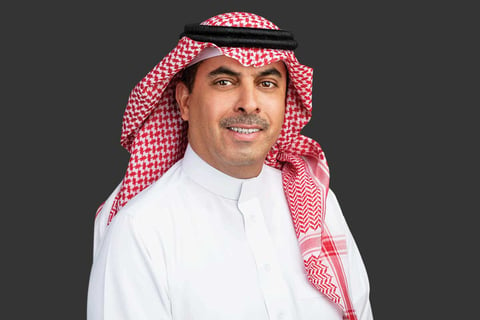Sustainability-focused technologies and practices could be a boon for the Gulf region’s construction sector. It could generate 4.3 million jobs and help reduce lifecycle emissions by 50 to 60 percent. Strategy& Middle East, part of the PwC network; and Dar Al-Handasah, a planning, design, management and consultancy firm, made the forecast recently in the report “A Sustainable Built Environment”.
As COP28 nears, the buzz on sustainability has grown louder and stronger. Sustainability-focused construction technologies will play a crucial role as the region intensifies its focus on net-zero targets.
Technology for construction sustainability
The report suggested that the region has the potential to become a global leader in the use of innovative and sustainability-focused construction technologies. This is significant in light of the $2 trillion in new ‘built environments’ pipeline in the region by 2035.
Among the mega-projects that could achieve its net-zero emissions goals through sustainable technologies include Saudi’s NEOM and Qatar’s Lusail Entertainment City.
Economic effect
The report also estimates that the scale of the region-wide construction boom could deliver a substantial economic impact, representing just over 10% of GDP for the region annually, if the recommendations outlined in the report are implemented.
“The scale of the region’s planned investments uniquely positions it to pioneer a range of sustainable technologies and processes. Overall, the built environment is responsible for a high emissions footprint of around 37 percent of energy use. About 39 percent comes CO2 emissions and 40 percent is the result of material use,” said Dr. Yahya Anouti, partner at Strategy& Middle East.
Read: Buildings go green: MENA sees sustainable shift in real estate
Existing technologies
The report note that developers and planners can already leverage existing technologies to rethink and implement the built environment. Some of these include solar photovoltaics, greener construction material and artificial intelligence (AI). However, the report indicates that other innovations could still emerge. This will require additional investment as well as time to develop, test, and integrate.
“If GCC stakeholders – including policymakers, innovators, and developers – embrace a truly innovative and sustainable approach to urban development, they face a golden opportunity to set a new global standard. From urban planning to architecture, civil engineering, mechanical systems, and construction materials, sustainable development can unlock deliver widespread better quality of life, incremental economic growth, and develop local skills and jobs,” said Balsam Nehme, Head of Sustainability, Dar Al-Handasah.
Finally, the report points out the sheer scope of the changes necessary to fully capture the $2 trillion opportunity. Regulators would need to play a role in stimulating demand for the technologies, including through the inclusion of green building codes. Developers would need to embrace sustainable construction techniques and may want to set specific goals, such as emission reduction targets.
Sovereign wealth funds and other financiers are essential to jump-start and drive the transition. This can be done by setting net-zero aspirations for the developments they are financing. In addition, collaboration is required among all stakeholders. Their success depends on sharing lessons learned from pilots and trials to drive the adoption of sustainable practices and innovations.
The report from Strategy and Dar provides 17 high-potential and actionable applications across multiple areas to reduce emissions. These include areas such as mobility, managed landscapes, development density, mechanical systems, and construction processes.
For more sustainability news, click here.




